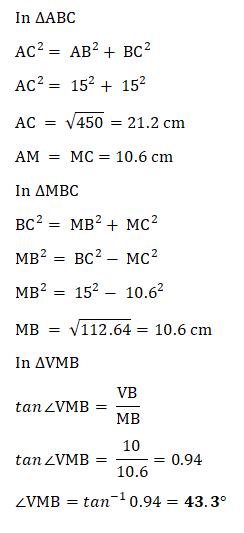Source: Questions from Complete International Mathematics For Cambridge IGCSE - David Rayner, Jim Fenson
1. In the cube shown, find:
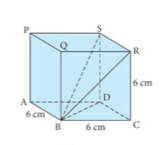
a) BD
b) AS
c) BS
d) the angle SBD
e) the angle ASB.
| (a) | 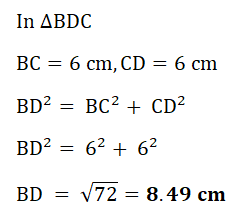 |
| (b) |  |
| (c) | 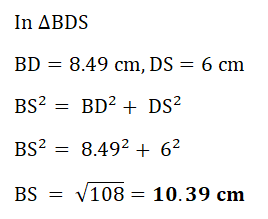 |
| (d) | 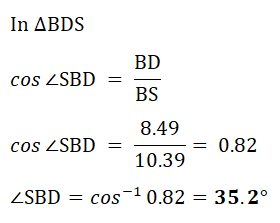 |
| (e) | 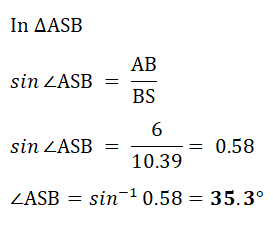 |
2. In the wedge shown, PQRS is perpendicular to ABRQ.
PQRS and ABRQ are rectangles with AB = QR = 6 m, BR = 4 m, RS = 2 m. Find :
 a) BS
a) BS
b) AS
c) Angle BSR
d) Angle ASR
e) Angle PAS
| (a) | PQRS is perpendicular to ABRQ Hence SR is perpendicular to BR 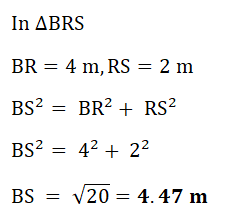 |
| (b) | ABRQ is a rectangle. Hence ∠ABR = 90° 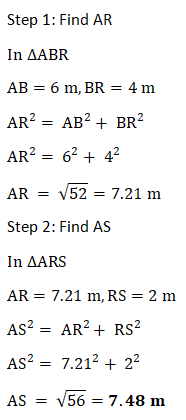 |
| (c) | 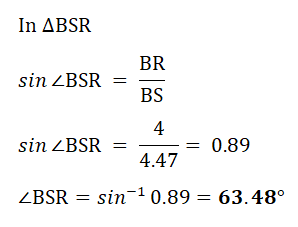 |
| (d) | 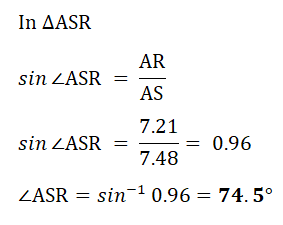 |
| (e) | 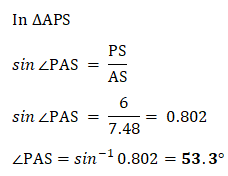 |
3. In the diagram A, B and O are points in a horizontal plane and P is vertically above O.
OP = h m. A is due West of O, B is due South of O and AB = 60 m.
The angle of elevation of P from A is 25° and the angle of elevation of P from B is 33°.
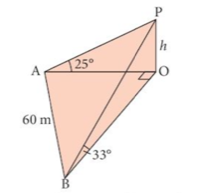 a) Find the length AO in terms of h.
a) Find the length AO in terms of h.b) Find the length of BO in terms of h.
c) Find the value of h.
| (a) | In △ AOP, ∠AOP = 90° |
| (b) | In △BPO, ∠BOP = 90°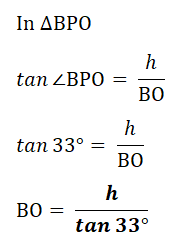 |
| (c) | 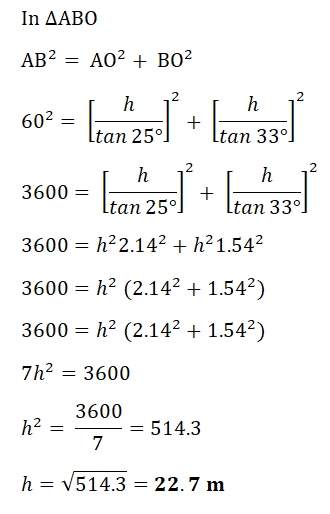 |
4. An observer at the top of a tower of height 15 m sees a man due West of him at an angle of depression of 31°.
He sees another man due South at an angle of depression 17°.
Find the distance between the men.
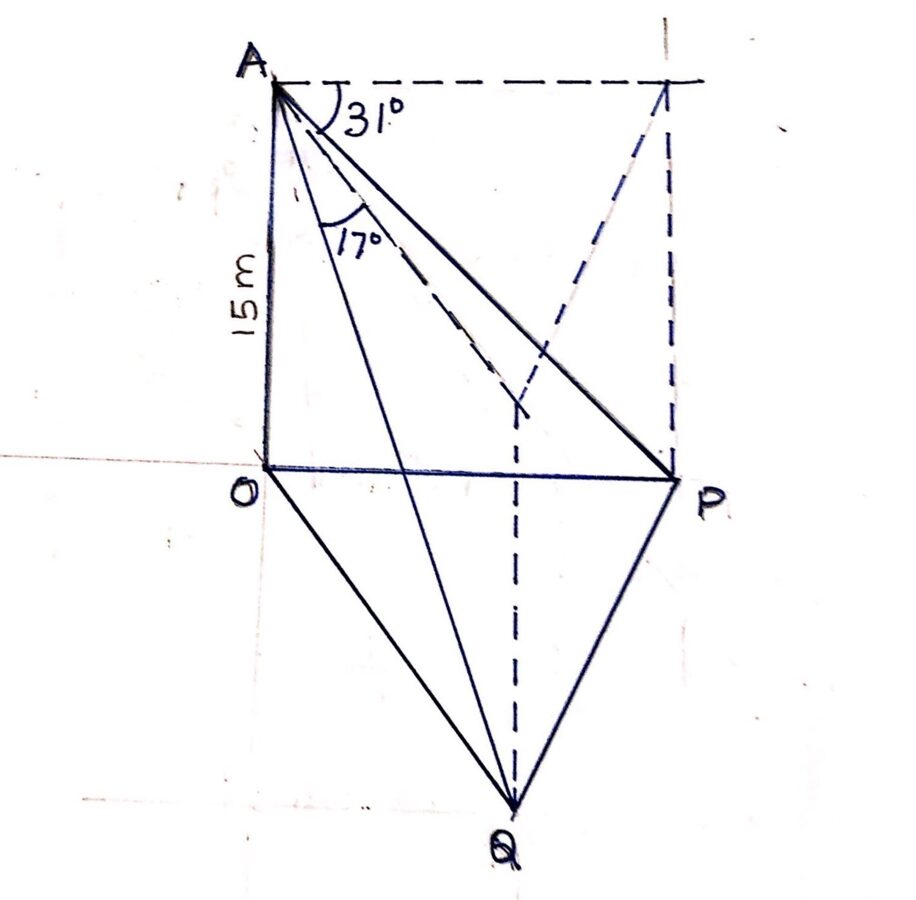 | Let Tower = OA = 15 m Man due West = P Angle of depression = 31° Hence angle with tower = 59° Man due South = Q Angle of depression = 17° Hence angle with tower = 73° Distance between men = PQ OP is west and OQ south. ∠POQ = 90°  |
5. The figure shows a triangular pyramid on a horizontal base ABC.
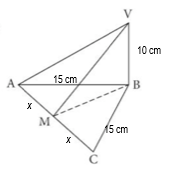 V is vertically above B where VB = 10 cm, Angle ABC = 90° and AB = BC = 15 cm.
V is vertically above B where VB = 10 cm, Angle ABC = 90° and AB = BC = 15 cm. Point M is the mid-point of AC. Calculate the size of angle VMB.
V Is vertically above B.
Hence VBA id perpendicular to ABC